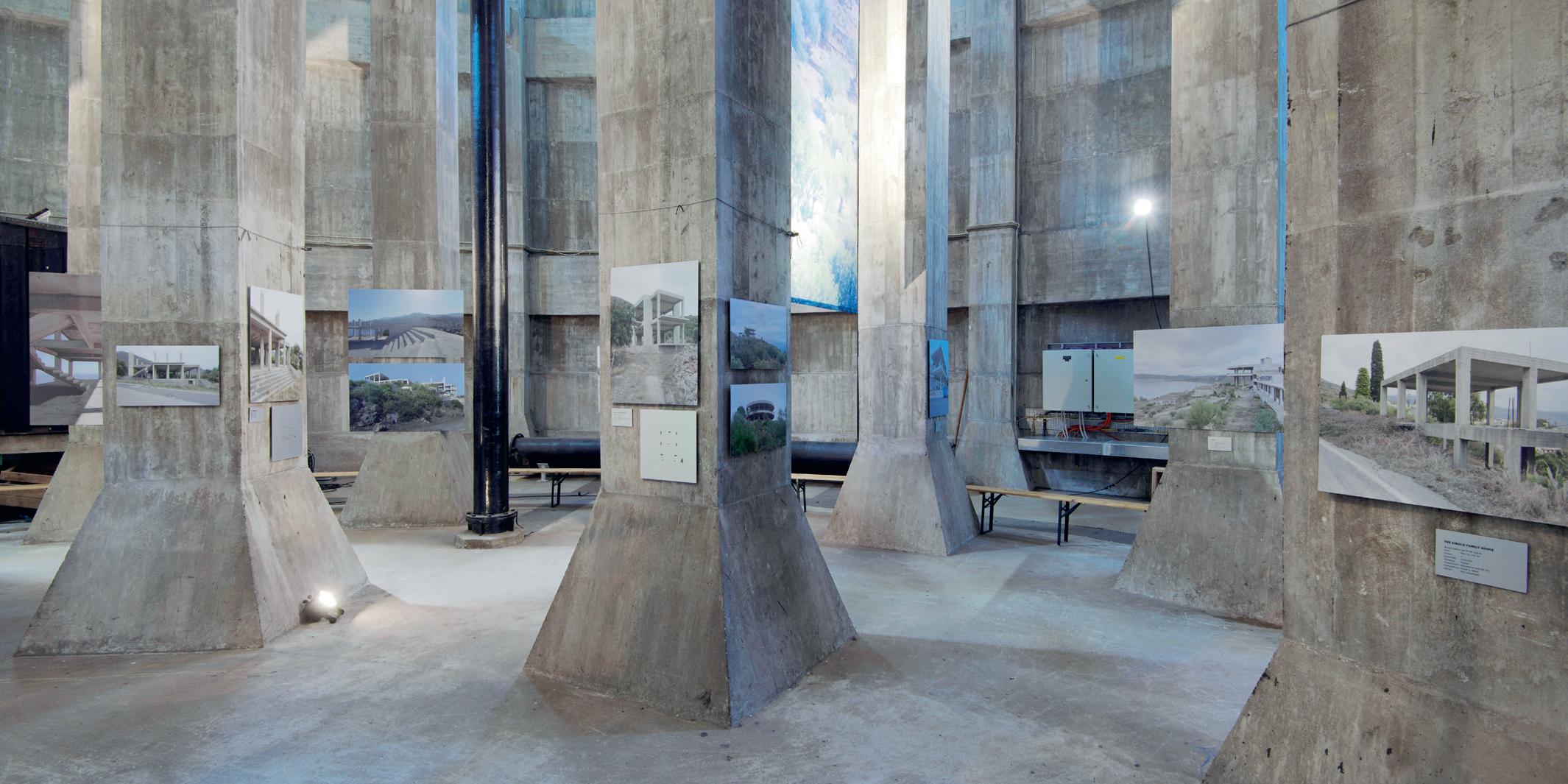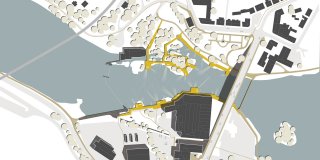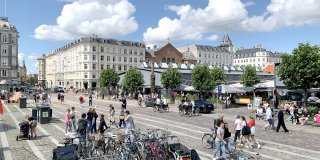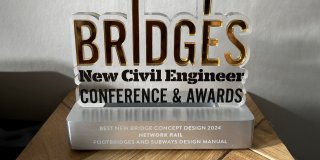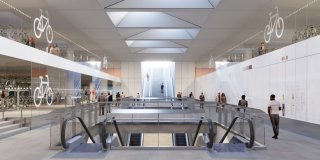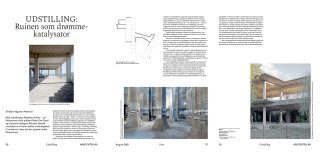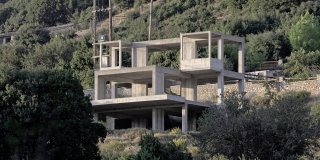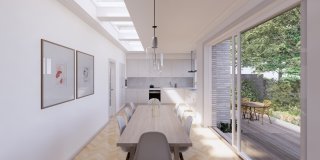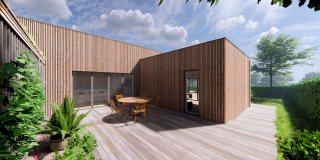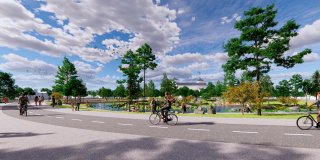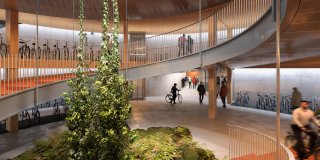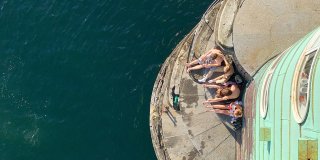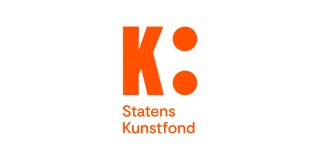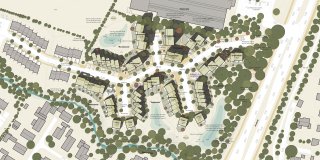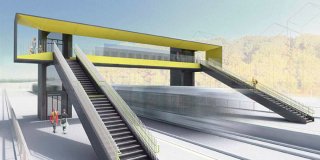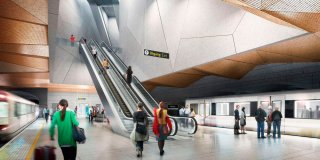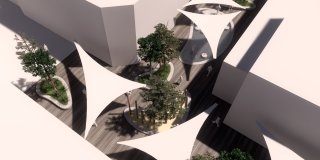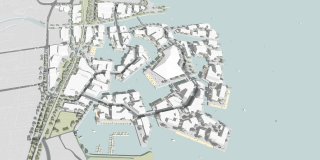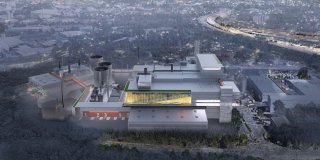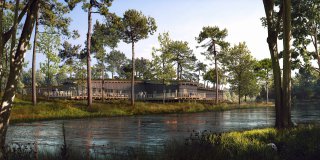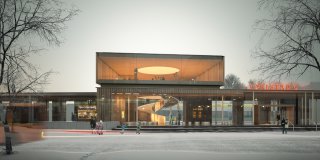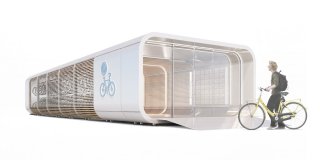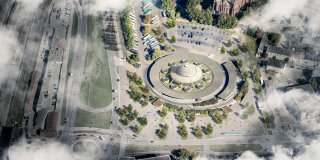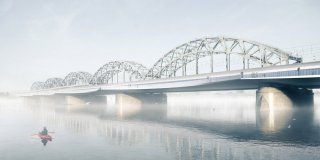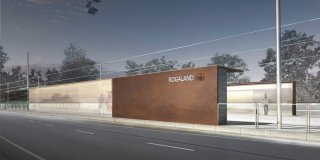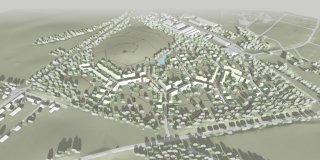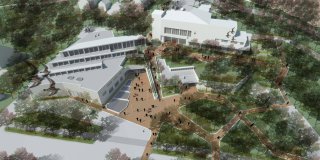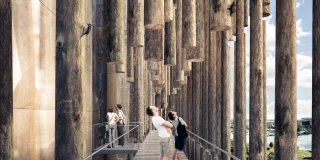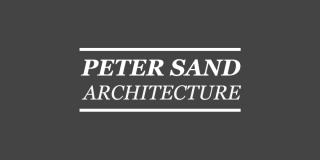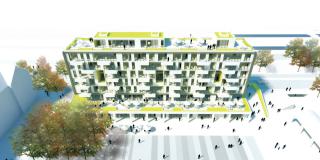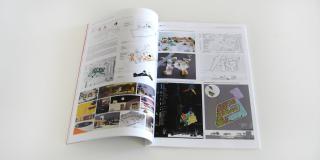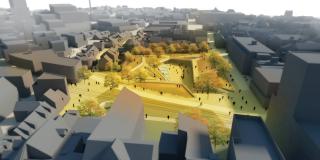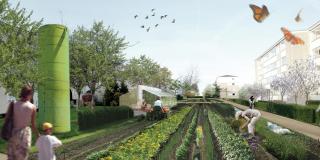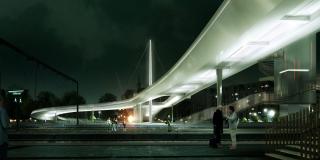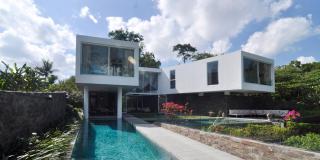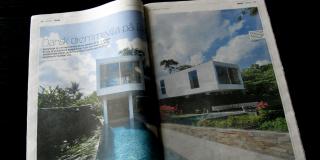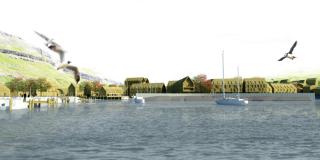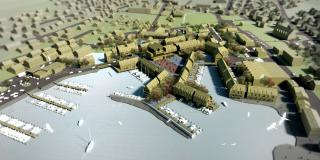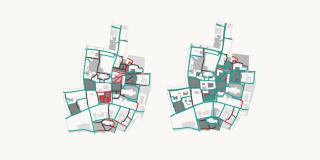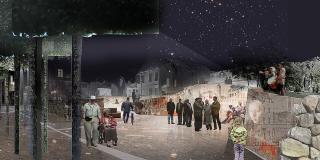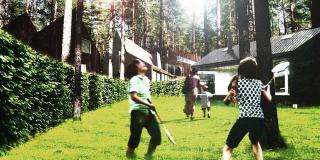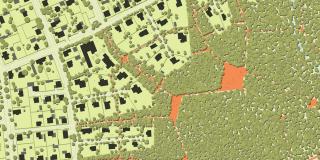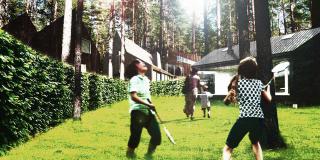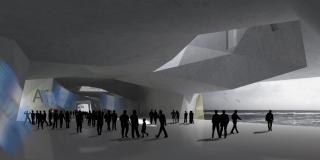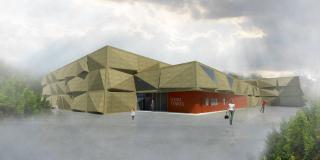As part of our upcoming exhibition, "Modern ruins in Peloponnese" we have published the following press release in collaboration with Dreyer Foundation:
Modern ruins with potential
Greece is often visited for its most famous ancient ruins, but anyone who visits also notices the many unfinished buildings across the landscape. A team of two from a Danish design studio saw the potential and investigated. The result is 'Modern ruins - in the Peloponnese', which is both book and exhibition from 28 May in Brønshøj Water Tower.
"The project 'Modern Ruins in Peloponnese' is first and foremost an introduction to the debate on sustainability and building materials. A debate that everyone in our industry is interested in and and will have to deal with in the future. While locals seem to look past the many unfinished and abandoned construction projects, we see an obvious potential for revitalisation. We want others to also see the possibilities - and want to utilise them," says architect Peter Sim Sand.
Together with industrial designer Michael Stabell, he has visited and researched the modern ruins on the Greek peninsula of the Peloponnese. The two are colleagues and are used to developing ideas and and participating in architectural competitions together.
The idea for 'Modern Ruins in Peloponnese' came about when holiday memories were shared during a Friday bar, and then support from the Danish Arts Foundation and the Dreyer Foundation enabled first a and now an exhibition in Brønshøj Water Tower from 28 May to 5 June 2021.
South coast with Nordic architecture
In addition to the project exhibition, the pair are also publishing a book, which they hope will far from being the last chapter in the adventure. For them, the many modern ruins are fuelling both ideas and dreams. But it takes the interest of other stakeholders to make them come true.
"When something needs to get back on its feet after a downturn, as Greece needs, for example it's necessary to think creatively, and the potential in the Peloponnese is huge. The peninsula is home to ancient ruins, idyllic olive groves, challenging climbing walls and beaches with crystal clear waters. The Greek gods once lived on Olympus, and today the place could flourish if the decision-makers and investors had the desire and will".
The pair believe that the sub-optimal public infrastructure is a challenge, but beyond that, the modern ruins are almost all opportunity. They could be revitalised as art projects, for example, or with new ideas through architectural competitions. The ideas would be queuing up, says Michael Stabell:
"The bare frames almost invite you to fill them with, for example, glass or wooden wooden sections that will help emphasise the structure of the concrete. Our Nordic architectural tradition could easily and relatively cheaply transform the abandoned building projects into something new and make the area attractive - hopefully inspiring others as well. Southern Europe is full of unfinished buildings and materials that deserve to be utilised."

